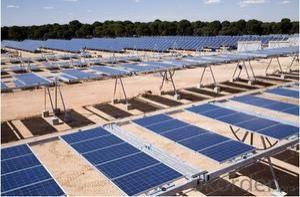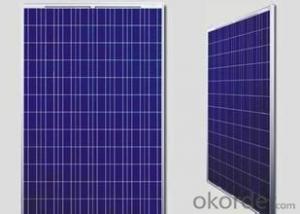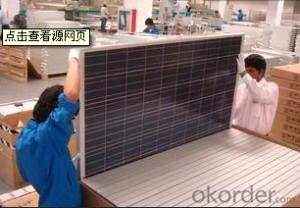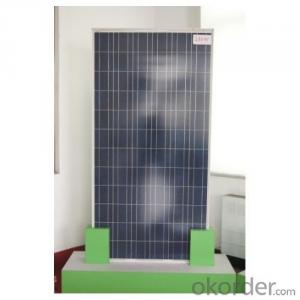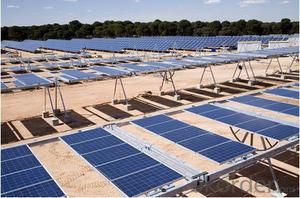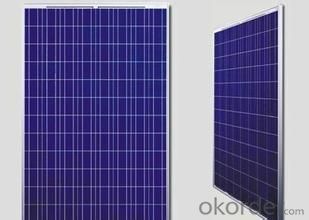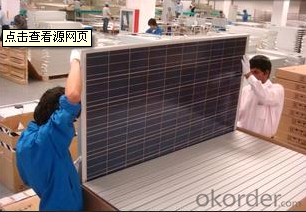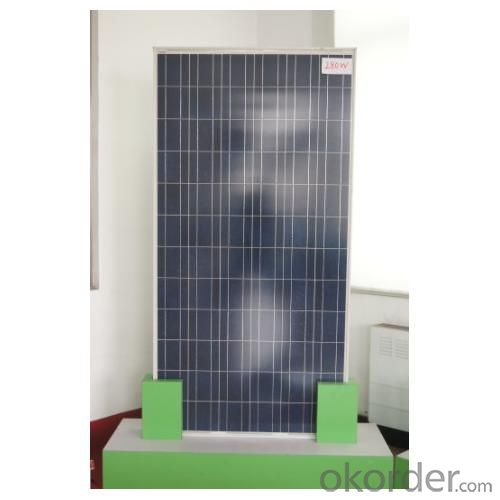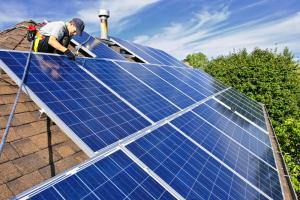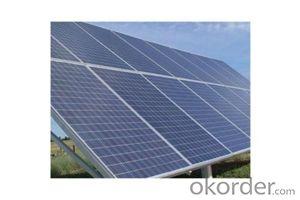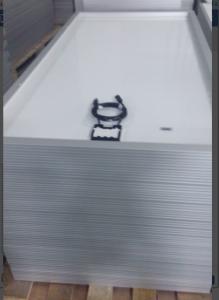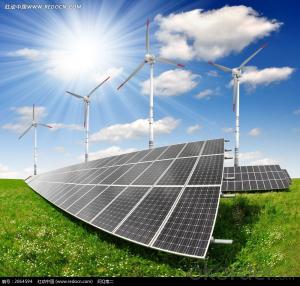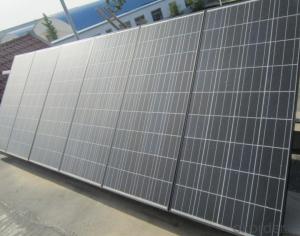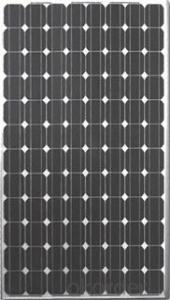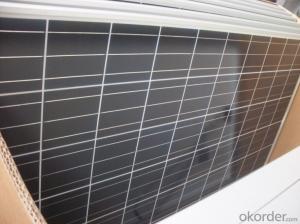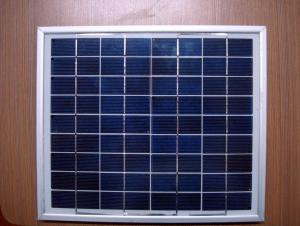Era Solar Panels:CNBM Poly/Mono Solar Panels Made in Thailand
- Loading Port:
- Guangzhou
- Payment Terms:
- TT OR LC
- Min Order Qty:
- 26 pc
- Supply Capability:
- 100000 pc/month
OKorder Service Pledge
OKorder Financial Service
You Might Also Like
Characteristics of Polycrystalline Solar Panel
I Solar Cell : High efficiency crystalline solar cell. Even if under the weak light, the solar module can produce maximum power output.
II Tempered glass (toughened glass): Anti-reflecting coating and high transmission rate glass increase the power output and mechanical strength of solar module.
III EVA and TPT: Using high quality EVA and TPT to prevent destroying and water.
IV AI frame: Without screw, corner connection. 6 holes on the frame can be installed easily.
V Junction box: Multi function junction box with water proof.
VI Long lifetime: ≥25 years; Less power decrease.
VII Good performance of preventing from atrocious weather such as wind and hails.
VIII Resisting moisture and etching effectively, not effected by geology. .
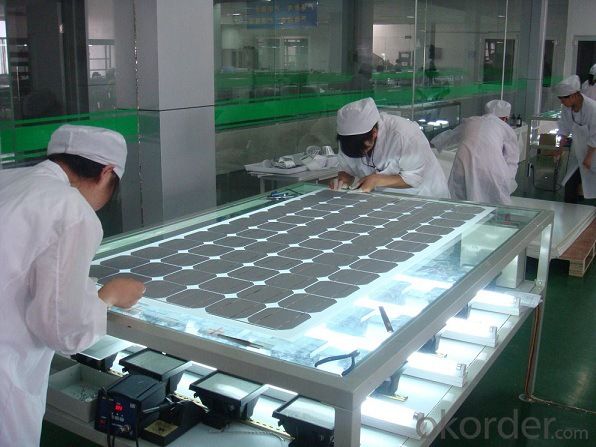
Standard Test Conditions of Polycrystalline Solar Panel
The opto-electrical specifications shown below are stabilized values being measured at Standard Test Conditions of multicrystalline silicon Solar Panel, Irradiance: 1000W/m2, Spectrum: AM1.5 at 25°C, The info below is subject to manufacturing tolerances. Where appropriate minutes of measurement are available and are used for the dimensioning of the installation.
Currently,We have 250w-300w solar panel stocks in Both West and East Coasts made in Vietnam,India,Korea,Malaysia and Japan.Meanwhile,we also arrange production line in Wisconsin,USA.If you're interested,please contact us soon.
Thanks for your time.
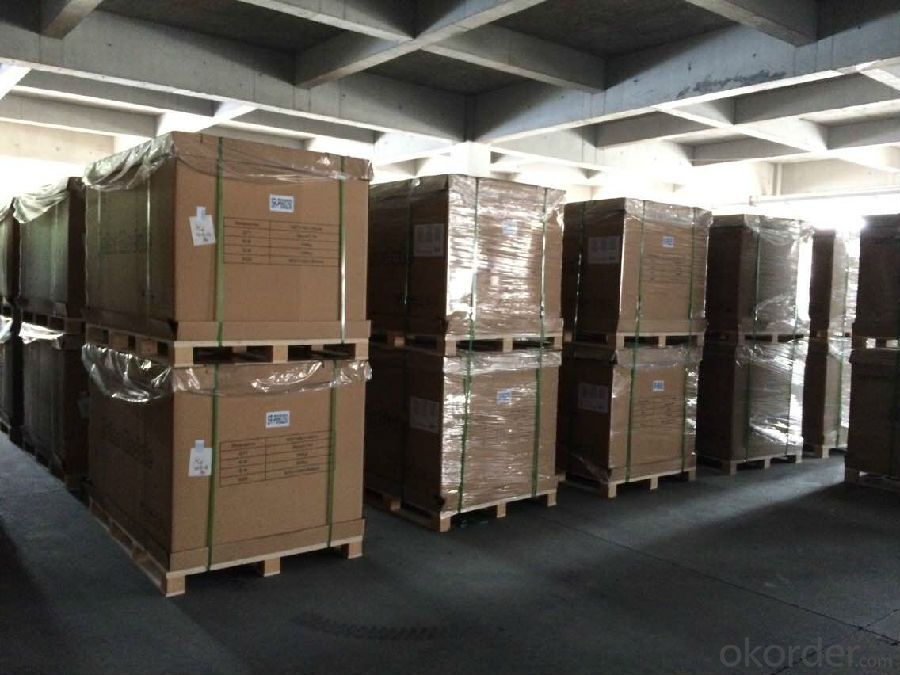
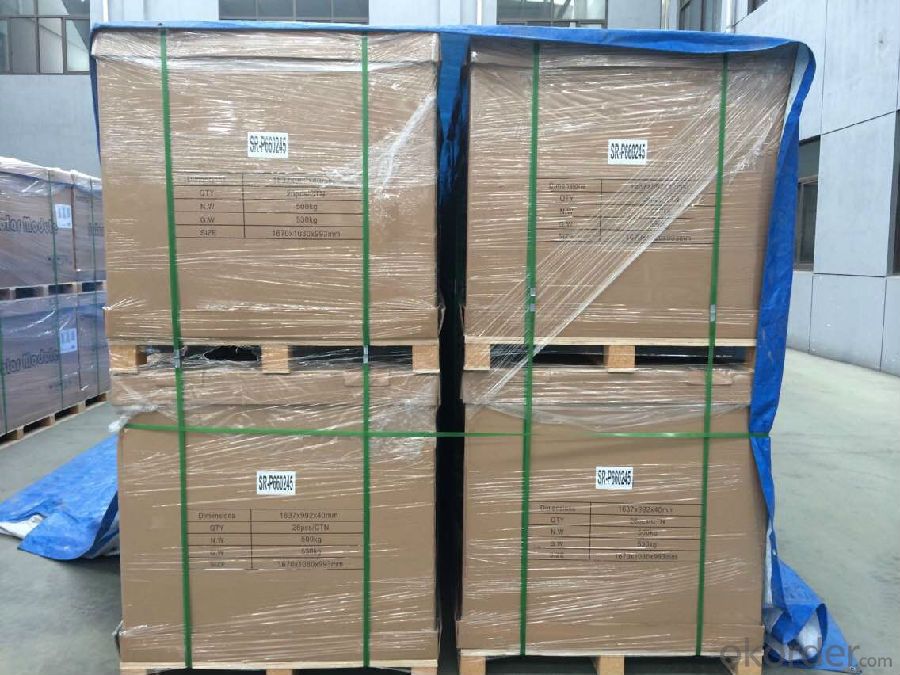
- Q: I have two solar panels that were going to be trashed at work. I want to use them to charge batteries on my RV but i noticed they put out around 20 volts in direct sunlight. So i am wondering: -isn't this way too much voltage for a 2 volt system? -do a need some sort of a regulator connected to keep them from overcharging?
- a million. confirm you get carry of the suitable form of battery that permit to can charge from the image voltaic panel. 2. confirm you utilize a gadget which I forgot the call in spite of the fact that it's going to make confident the can charge pass one way in case the sunshine pass out so won't drain the battery at the same time because it somewhat is hook up. 3. confirm you get carry of the suitable can charge from the image voltaic panel to can charge the battery. reason is easyier to swim down the river or is it basic to swim up river.
- Q: they are pretty expensive. So does it save you money on electricity in the long run? How easy is it to connect solar panels to your house?
- I did. image voltaic capability components approximately seventy 5% of my electricity and decreased my electric powered invoice from approximately $a hundred and twenty/month to basically $35/month. I won a rebate from my state and a few tax deductions so my internet out-of-pocket value became approximately $6000. I stored a team of money via doing lots of the installation myself. As of right this moment my gadget has generated sixteen.5 megawatt hours of electricity simply by fact it became put in. the internet web page the place i offered the gadget is indexed decrease than and likewise an particularly stable mag on residential image voltaic capability is indexed decrease than. the two websites have very stable tutorials for human beings questioning approximately image voltaic. additionally based upon the place you reside wind capability could be an particularly stable option for you. in case you have a stable wind source it is going to be a greater value-effective thank you to generate capability.
- Q: Can solar panels be installed on a retirement home or assisted living facility?
- Yes, solar panels can be installed on a retirement home or assisted living facility. In fact, many facilities are embracing solar energy as a sustainable and cost-effective solution for their energy needs. Installing solar panels can help reduce electricity bills, offset carbon emissions, and promote a greener environment for residents.
- Q: Hi, I am starting to get curious about the pros/cons of installing solar panels - has anyone done it and is it worth it?
- The trouble is that it is so expensive to have installed and as you say it will take many years before you actually start saving above what the installation cost was, I personally would not go ahead and make that sort of investment, it would be more profitable to keep the money in a building society, get the interest from it and use that to pay for your electricity but the main thing that I have against solar Panels is that unless you stay in that house for at least twenty five years you will not reach the point where you are saving and to capitalise on it you would have to stay there for many years more, so you will not have the option of moving house without losing your investment and at the moment having solar panels does not increase the value of the property, it is just a good selling point, when you buy your new house, you would probably have to start all over again and then because of the years will never live long enough to reap any benefit from it.
- Q: For my Product Design Coursework I am designing an environment friendly building according to a clients' specifications. I need to find out the dimensions of 0000 watt solar panels. any help would be much appreciated!
- Create okorder /
- Q: Can solar panels be used for powering remote monitoring systems?
- Yes, solar panels can be used to power remote monitoring systems. Solar panels capture sunlight and convert it into electricity, which can then be used to power various devices and systems, including remote monitoring systems. This makes solar panels an environmentally friendly and cost-effective solution for powering such systems in remote locations where access to the electrical grid may be limited or non-existent.
- Q: Can solar panels be leased or financed?
- Yes, solar panels can be leased or financed. Many solar companies offer leasing options where the panels are installed on your property and you pay a monthly fee for their use. Alternatively, solar panels can also be financed through loans or financing programs, allowing you to purchase and own them over time while making affordable monthly payments.
- Q: Can solar panels be installed on flat surfaces?
- Yes, solar panels can be installed on flat surfaces. However, it is more common to install them on angled surfaces such as rooftops or mounting structures to maximize their efficiency and exposure to sunlight.
- Q: Can solar panels be installed on a greenhouse?
- Yes, solar panels can be installed on a greenhouse. In fact, it is a common practice to install solar panels on greenhouses to harness the sunlight for both electricity generation and to provide supplemental lighting for the plants inside. This not only helps in reducing energy costs but also promotes sustainable and eco-friendly practices in agriculture.
- Q: Can solar panels be used to power a disaster relief operation?
- Yes, solar panels can be used to power a disaster relief operation. Solar panels are a viable and sustainable source of energy that can be deployed quickly in disaster-stricken areas. They can provide electricity for charging communication devices, running medical equipment, powering lighting systems, and supporting other essential operations during relief efforts. Additionally, solar panels are independent of existing power grids and can be set up in remote or inaccessible locations, making them an excellent solution for providing energy in emergency situations.
Send your message to us
Era Solar Panels:CNBM Poly/Mono Solar Panels Made in Thailand
- Loading Port:
- Guangzhou
- Payment Terms:
- TT OR LC
- Min Order Qty:
- 26 pc
- Supply Capability:
- 100000 pc/month
OKorder Service Pledge
OKorder Financial Service
Similar products
Hot products
Hot Searches
Related keywords
